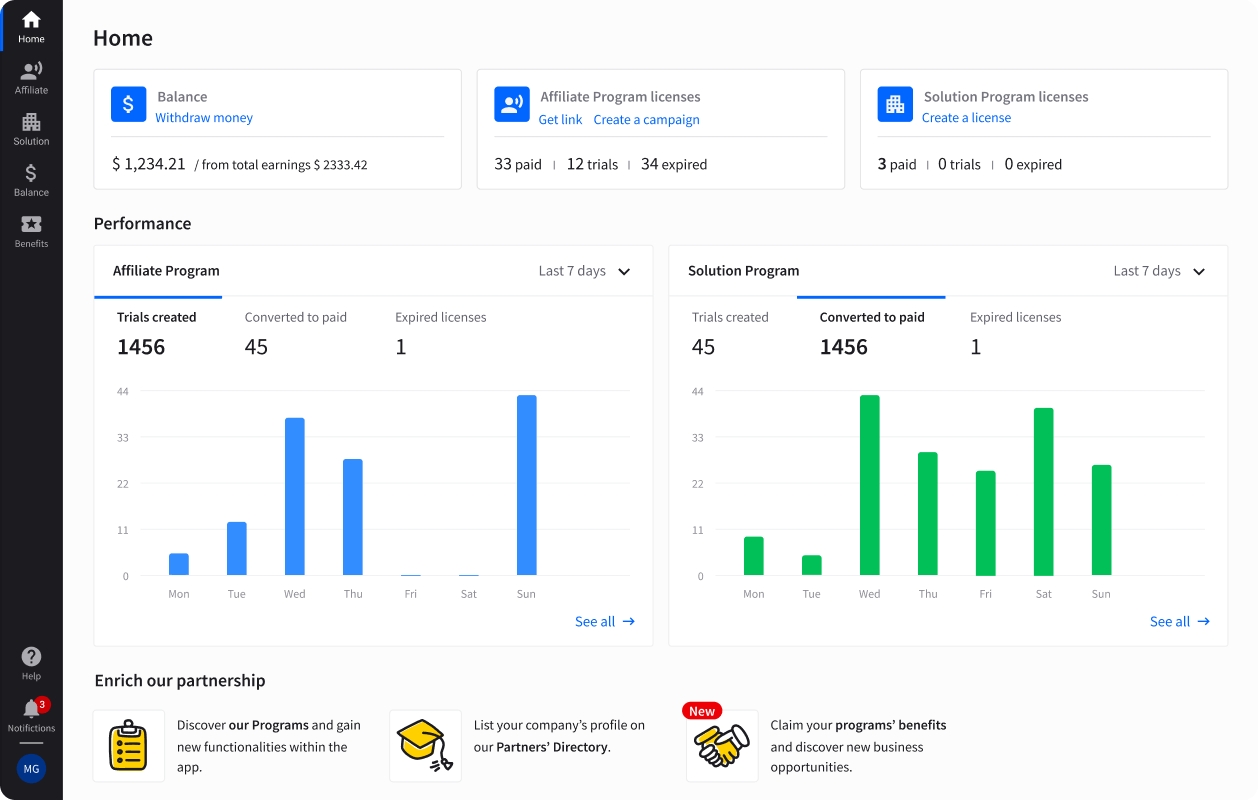Showing top 0 results 0 results found
Showing top 0 results 0 results found

If you’re reading this blog, there’s a good chance you’re a product owner or a product marketer trying to find the most powerful way to kick off your project’s growth.
It may also happen that you already feel like you’re on the right track, but something seems to be stopping you from going big. This one thing may be called a product market fit.
In my today’s post, I will explain what it is and what long- and short-term methods you could use to explore and find it. You can also check my other posts about product marketing basics: ‘6 Questions You Should Ask Yourself Before a Product Launch’ and this list of skills every product marketer should have.
Let’s jump straight into it.
What is a product market fit
In the startup world, product market fit has been praised as THE thing that can make your project succeed or fail over time. Marc Andreessen, who first mentioned the term on his blog, even calls it ‘the only thing that matters.’ In his definition product market fit is ‘being in a good market with a product that can satisfy that market.’
Sounds easy, right?
If you’ve ever been growing your own product, you know it's actually anything but.
What’s worse, so much depends on it: Andreessen writes that most startups fail way before even achieving the product market fit. He also describes what happens when you’re not there yet:
You can always feel when product/market fit isn’t happening. The customers aren’t quite getting value out of the product, word of mouth isn’t spreading, usage isn’t growing that fast, press reviews are kind of “blah”, the sales cycle takes too long, and lots of deals never close.
Marc Andreessen
And what happens when you finally got your product market fit in place? The orders/downloads start flowing in, the customers are expressing their enthusiasm for your product far and wide, and press start calling asking for features and interviews. Bam, you’re ready to scale your product!
That’s exactly how the ultimate growth marketer, Sean Ellis sees how product market fit fits into the growth journey of a product:

As you can see, finding your product market fit allows you to move into the growth stage. That’s why establishing it as quickly as possible is absolutely crucial for your project.
Let’s now check how you can get to that phase and start scaling your product.
How to find your product market fit
So, how do you find a product market fit for your project? I would say that it is indeed not easy to find, but it’s also absolutely crucial for it to be successful. Here’s my list of 4 techniques for nailing the product market fit. They can be applied separately, but from my experience, they work best when used repeatedly and at once.
1. Talk to your customers
You may think of thousands of hypotheses to test and hundreds of problems to solve, but there’s only one way to validate these: customer interviews. Talk to as many people as you possibly can (be it over Skype or in person) and check your product ideas by asking them these questions:
- What are you struggling with?
- How would a product solving this problem improve your life?
- How often would you use it and would you be willing to pay for it?
These will help you quickly assess your business concept on an early stage, but they will also be essential for deciding which features to introduce for a more matured, already existing product.
Keeping in touch with your existing and potential customers will help you what the real selling points of your product are and what’s even more important, formulate them in an easily understandable way. This will be of a huge benefit once you start to put together your promotional materials, including a landing page and social media channels.
5 RULES FOR BETTER USER INTERVIEWS
- Focus on the problem, not the solution.
- Don’t try to sell anything.
- Prepare a script with detailed questions - it will help you stay on track.
- Stay flexible and open to things that will come up during the interviews.
- Learn how to turn insights into actions.
2. Build your MVP (or a beta feature)
Don’t overthink it. Set up your Minimum Viable Product (MVP) as quickly as possible and start testing it out in real-life situations. This will help you solve a lot of problems at a very early stage and will prepare you for the ones ahead. It may also cause your reformulate your initial idea or pivot into an uncharted market.
This tip can not only apply to early stages businesses but also be useful for more experienced companies who want to introduce new features to their products.
Instead of just throwing your brand new add-on to the core project and facing a customer backlash, why don’t you build an early beta and get a few of your existing users to test it (possibly live, so you can see how their go through and react to it)?
This way, you will sort out through potential features to proceed with and get your developers busy only with those that your customers truly want and need.
That’s exactly the approach our team at LiveChat had taken when we developed ChatBot (previously known as BotEngine). The product has been released as a beta and tweaked based on the feedback from users which our developers collected using a Facebook group. And it did wonders for speeding up the product development process! Just take a look at one of the recent interactions from the ChatBot’s community:

3. Experiment
Unfortunately, there’s no one-size-fits-all solution when it comes to growing a SaaS business. That’s why you need test your own way out and see what will bring you the results you want (regardless if it’s registrations or an increased retention).
What I highly recommend when approaching experimentation is to think through how would you like to structure these tests instead just throwing it all up against the wall and seeing what sticks.
I’ve found the following rules most helpful on my marketing journey:
- Decide on your end goal for the experiment;
- Craft a hypothesis you will base it on;
- Make sure you are able to conduct the test with the right tools;
- Set the time frame (remember that some test will more time to really get them going);
- Don’t forget to put analytics in place;
- Run your experiments;
- Collect and analyze your results;
- Tweak and repeat.
Using this method you will be able to quickly establish what really works and what does not for your product.
4. Track your results
I recommend tracking your growth- and retention-related metrics as soon as possible. It can be as easy as setting up a spreadsheet where you will follow the number of signups for each of your acquisition channels and how users segments/cohorts from these behave over time.
Here’s a few questions your may try finding answers to that are related to the retentiveness of you customers:
- Are they coming back to use your product?
- Which features do they use when they are?
- Which features help your customers fall in love with the product (this is the so-called AHA Moment)?
If you can get to your retention rate looking like on a graph below, then you’re all set to start seriously investing in customer acquisition and skyrocket your product’s growth.

Want to validate your product quickly? Try this genuinely actionable technique that you can use to quickly assess a product market fit for your project is by using this simple questionnaire developed by an inventor of a term ‘growth hacking’, Sean Ellis. He writes about following up with every person who registered to use your product with a simple question:
How would you feel if you could no longer use [product]?
with responses listed as follows:
- Very disappointed
- Somewhat disappointed
- Not disappointed (it isn’t really that useful)
- N/A — I no longer use [product]
If you have over 40% of customers saying that they would be ‘very disappointed’, you’ve struck gold. Congratulations! Develop your product further and get it (as well as yourself and your team) ready to grow it really fast.
Over to you
Ready to take your SaaS product to another level? The Solution Partner Program we’ve created at LiveChat will be ideal for all product owners and marketers who are looking for tools to integrate with. Learn more and sign up for a free account on our website.
Have you been able to find the product market fit for your product? What method has been most helpful? I’d love to discuss it in the comments below or on Twitter.



